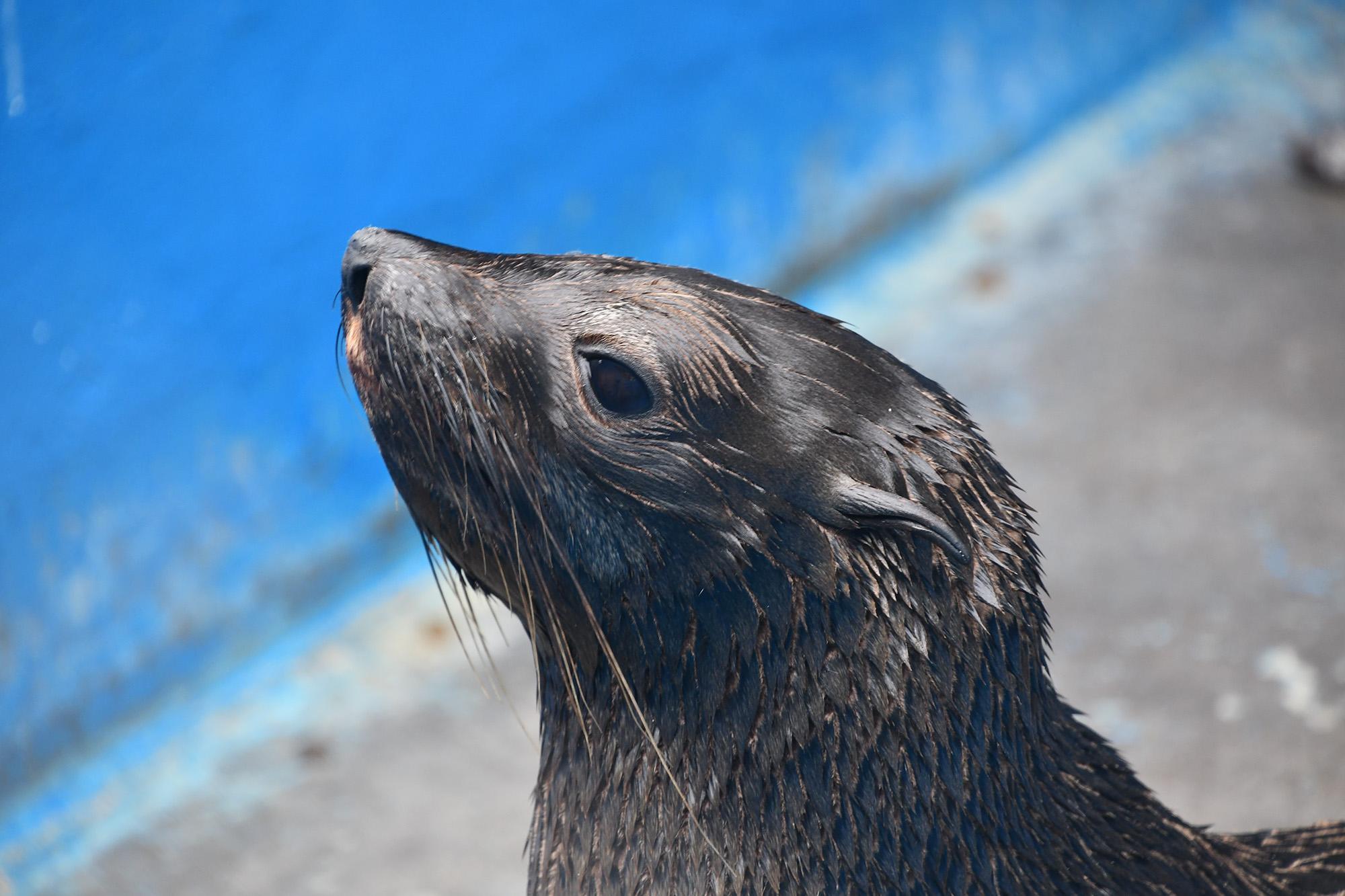Sea snail shells discovered during excavation work in Lebanon had been taken there to be used as jewellery some 45,000 years ago.
The fact that the items were so used was confirmed by Dr Marjolein D. Bosch from the Archaeological Institute of the Austrian Academy of Sciences (OeAW) and her team in a paper published in March.
They revealed that during the excavation work at the Early Upper Palaeolithic archaeological site Ksar Akil, in Lebanon, they discovered more than 400 shell pieces of the species Columbella rustica that had been intentionally pierced to make jewellery.

Bosch said in a statement obtained by Newsflash: “This purpose (to create jewellery) has been suspected for a long time, and I wanted to investigate it, and prove it scientifically.”
To do so, Bosch collected the shells of the Columbella adansoni species – similar to the ones found in Lebanon – from the coast of Tenerife in Spain.
The collected items reportedly shared the same general distribution pattern of shell thickness needed for the study.
Bosch explained: “First, pristine shells were scanned for robust and fragile zones using micro-CT scans.

“We then made 3D models of the shells, which showed the exact structure of the different mussels, i.e. where they were thinner or thicker.
“In the housings I collected from the Spanish beach, the vast majority of the perforations occurred in structurally weak zones.
“In contrast, in our archaeological finds, we found a higher frequency of perforations in more robust zones and a higher uniformity in their location, size and shape.”
This – according to the scientist – showed that the Columbella rustica pieces were intentionally picked and perforated in order to be stringed onto a necklace or attached to clothes.

Bosch said: “These snails are too small to eat, so they were collected and brought to the site for other reasons.
“In addition, the standardisation of perforation shape, size and distribution points to a formalized manufacturing processes.”
Explaining what they were used for, the scientist added: “Since these served no purpose, such as subsistence or tool use, we assume they were ‘symbolic.”
The study was published in the peer-reviewed academic journal ‘Journal of Archaeological Science’ in March 2023.










